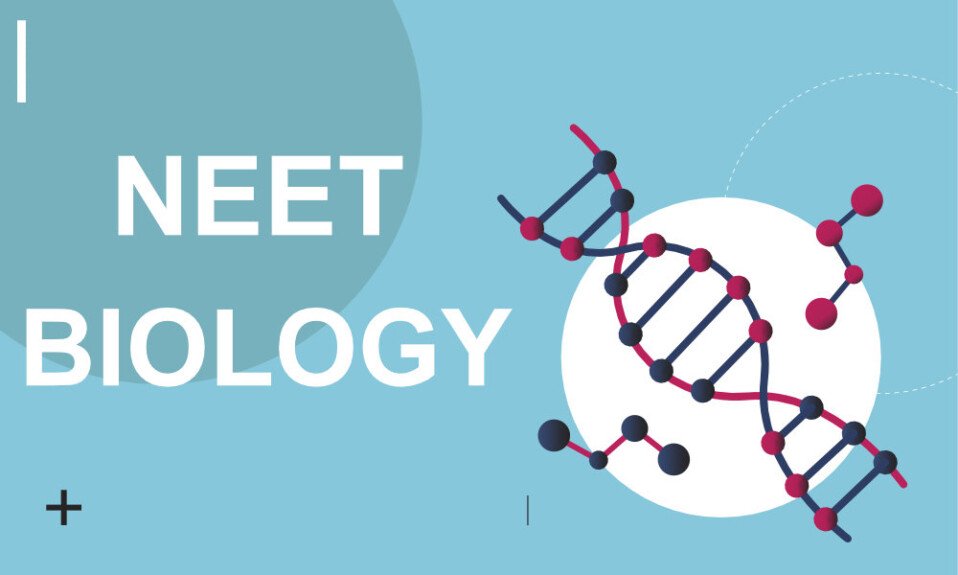1. The compound which has the lowest density is
(A) Chylomicron
(B) β-Lipoprotein
(C) α-Lipoprotein
(D) pre β-Lipoprotein
Answer:(A) Chylomicron
2. Non-steroidal anti-inflammatory drugs, such as aspirin act by inhibiting the activity of the enzyme:
(A) Lipoxygenase
(B) Cyclooxygenase
(C) Phospholipase A2
(D) Lipoprotein lipase
Answer:(B) Cyclooxygenase
3. From arachidonate, synthesis of prostaglandins is catalysed by
(A) Cyclooxygenase
(B) Lipoxygenase
(C) Thromboxane synthase
(D) Isomerase
Answer:(A) Cyclooxygenase
4. A Holoenzyme is
(A) Functional unit
(B) Apo enzyme
(C) Coenzyme
(D) All of these
Answer:(D) All of these
5. Gaucher’s disease is due to the deficiency of the enzyme:
(A) α-Fucosidase
(B) β-Galactosidase
(C) β-Glucosidase
(D) Sphingomyelinase
Answer:(C) β-Glucosidase
6. Niemann-Pick disease is due to the deficiency of the enzyme:
(A) Hexosaminidase A and B
(B) Ceramidase
(C) Ceramide lactoside
(D) Sphingomyelinase
Answer:(D) Sphingomyelinase
7.Krabbe’s disease is due to the deficiency of the enzyme:
(A) Ceramide lactoside
(B) Ceramidase
(C) β-Galactosidase
(D) GM1 β-Galactosidase
Answer: (C) β-Galactosidase
8. Fabry’s disease is due to the deficiency of the enzyme:
(A) Ceramide trihexosidase
(B) Galactocerebrosidase
(C) Phytanic acid oxidase
(D) Sphingomyelinase
Answer:(A) Ceramide trihexosidase
9. Farber’s disease is due to the deficiency of the enzyme:
(A) α-Galactosidase
(B) Ceramidase
(C) β-Glucocerebrosidase
(D) Arylsulfatase A.
Answer:(B) Ceramidase
10. A synthetic nucleotide analogue, used in organ transplantation as a suppressor of immunologic rejection of grafts is
(A) Theophylline
(B) Cytarabine
(C) 4-Hydroxy Pyrazolopyrimidine
(D) 6-Mercaptopurine
Answer:(D) 6-Mercaptopurine
11. Example of an extracellular enzyme is
(A) Lactate dehydrogenase
(B) Cytochrome oxidase
(C) Pancreatic lipase
(D) Hexokinase
Answer:(C) Pancreatic lipase
12. Enzymes, which are produced in inactive form in the living cells, are called
(A) Papain
(B) Lysozymes
(C) Apoenzymes
(D) Proenzymes
Answer:(D) Proenzymes
13. An example of ligases is
(A) Succinate thiokinase
(B) Alanine racemase
(C) Fumarase
(D) Aldolase
Answer:(A) Succinate thiokinase
14. An example of lyases is
(A) Glutamine synthetase
(B) Fumarase
(C) Cholinesterase
(D) Amylase
Answer:(B) Fumarase
15. Activation or inactivation of certain key regulatory enzymes is accomplished by covalent modification of the amino acid:
(A) Tyrosine
(B) Phenylalanine
(C) Lysine
(D) Serine
Answer: (D) Serine
16. The enzyme which can add water to a carbon-carbon double bond or remove water to create a double bond without breaking the bond is
(A) Hydratase
(B) Hydroxylase
(C) Hydrolase
(D) Esterase
Answer:(A) Hydratase
17. Fischer’s ‘lock and key’ model of the enzyme action implies that
(A) The active site is complementary in shape to that of substance only after interaction.
(B) The active site is complementary in shape to that of substance
(C) Substrates change conformation prior to active site interaction
(D) The active site is flexible and adjusts to substrate
Answer:(B) The active site is complementary in shape to that of substance
18. From the Lineweaver-Burk plot of Michaelis-Menten equation, Km and Vmax can be determined when V is the reaction velocity at substrate concentration S, the X-axis experimental data are expressed as
(A) 1/V
(B) V
(C) 1/S
(D) S
Answer:(C) 1/S
19. A sigmoidal plot of substrate concentration ([S]) verses reaction velocity (V) may indicate
(A) Michaelis-Menten kinetics
(B) Co-operative binding
(C) Competitive inhibition
(D) Non-competitive inhibition
Answer:(B) Co-operative binding
20. The Km of the enzyme giving the kinetic data as below is
(A) –0.50
(B) –0.25
(C) +0.25
(D) +0.33
Answer: (D) +0.33
21. The kinetic effect of purely competitive inhibitor of an enzyme
(A) Increases Km without affecting Vmax
(B) Decreases Km without affecting Vmax
(C) Increases Vmax without affecting Km
(D) Decreases Vmax without affecting Km
Answer: (A) Increases Km without affecting Vmax
22. If curve X in the graph (below) represents no inhibition for the reaction of the enzyme with its substrates, the curve representing the competitive inhibition, of the same reaction is
(A) A
(B) B
(C) C
(D) D
Answer:(A) A
23. An inducer is absent in the type of enzyme:
(A) Allosteric enzyme
(B) Constitutive enzyme
(C) Co-operative enzyme
(D) Isoenzymes enzyme
Answer:(B) Constitutive enzyme
24. A demonstrable inducer is absent in
(A) Allosteric enzyme
(B) Constitutive enzyme
(C) Inhibited enzyme
(D) Co-operative enzyme
Answer:(B) Constitutive enzyme
25. In reversible non-competitive enzyme activity inhibition
(A) Vmax is increased
(B) Km is increased
(C) Km is decreased
(D) Concentration of active enzyme is reduced
Answer:(D) Concentration of active enzyme is reduced
26. In reversible non-competitive enzyme activity inhibition
(A) Inhibitor bears structural resemblance to substrate
(B) Inhibitor lowers the maximum velocity attainable with a given amount of enzyme
(C) Km is increased
(D) Km is decreased
Answer: (B) Inhibitor lowers the maximum velocity attainable with a given amount of enzyme
27. In competitive enzyme activity inhibition
(A) The structure of inhibitor generally resembles that of the substrate
(B) Inhibitor decreases apparent Km
(C) Km remains ineffective
(D) Inhibitor decreases Vmax without affecting Km
Answer:(A) The structure of inhibitor generally resembles that of the substrate
28. In enzyme kinetics Vmax reflects
(A) The amount of an active enzyme
(B) Substrate concentration
(C) Half the substrate concentration
(D) Enzyme substrate complex
Answer:(A) The amount of an active enzyme
29. In enzyme kinetics Km implies
(A) The substrate concentration that gives one half Vmax
(B) The dissocation constant for the enzyme substrate complex
(C) Concentration of enzyme
(D) Half of the substrate concentration required to achieve Vmax
Answer:(A) The substrate concentration that gives one half Vmax
30. In competitive enzyme activity inhibition
(A) Apparent Km is decreased
(B) Apparent Km is increased
(C) Vmax is increased
(D) Vmax is decreased
Answer:(B) Apparent Km is increased



